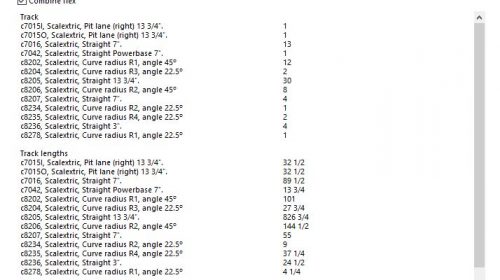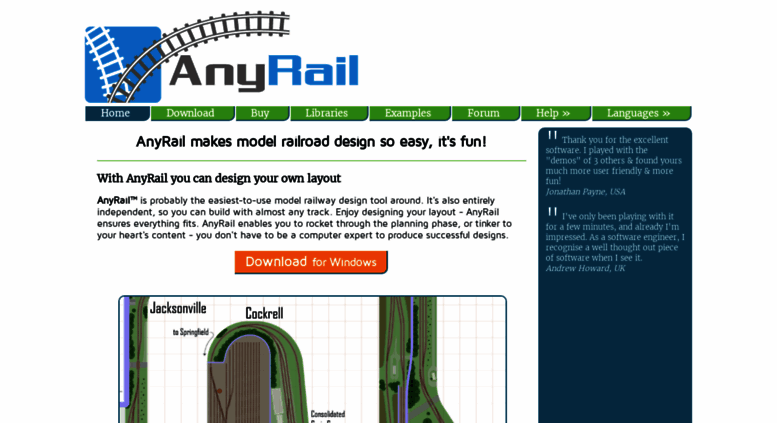

I still use CADRail and have even used it to draw a backyard deck. The first track planning software I used was " Design Your Own Railroad" on " The Train Pak" CD by Abracadata.

A familiarity with computer-assisted-drawing (CAD) software is certainly an asset. Now we have a plethora of track planning software, but the learning curve can be steep. One of the advantages of using the template was the quick learning curve! Everyone knows how to trace with a pencil. There are also some great appendices with planning information. It has some great plans from small shelf layouts to 4' X 8' layouts all the way up to basement-sized pikes.

I would use tracing paper over the template. For years I used the "all gauges track planning template" in the back of Kalmbach's book 101 Track Plans for Model Railroaders by veteran model railroader Linn Westcott. When I started in the hobby the only way to draw a track plan was to do it by hand with a pencil, eraser, ruler, and geometry set.


 0 kommentar(er)
0 kommentar(er)
